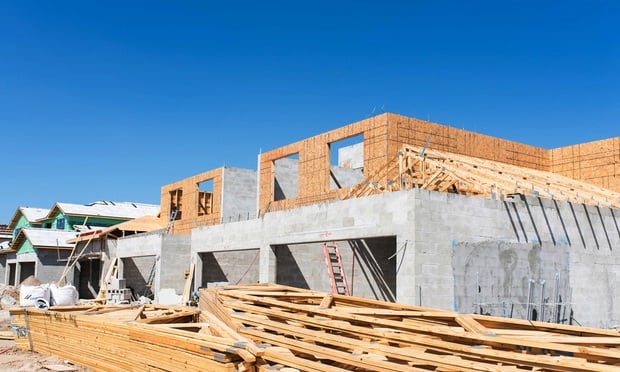SAN DIEGO—San Diego is in a much better water-supply situation than many other areas of California and wants the state to recognize and reward regions that have improved their water self-reliance, San Diego County Water Authority's general manager Maureen Stapleton tells GlobeSt.com. Following a Breakfast at the BMC lecture event hosted by the Burnham-Moores Center here, Stapleton and Mark Cafferty, president and CEO of San Diego Regional Economic Development Center, gave a presentation on how California's state-of-emergency restrictions on water usage affect the San Diego economy and the real estate industry. We spoke with Stapleton immediately following the event about the main takeaways and how the commercial real estate industry can help during the water crisis.
GlobeSt.com: What were the main takeaways from the water-usage event, in your opinion?
Stapleton: I think it was a better understanding of the California water situation and how it impacts the San Diego region. Through that understanding, there is clear support for our continuing diversification strategy to improve this region's water reliability and a real desire to be part of the San Diego regional voice on this state-mandated drought regulation. The Water Authority, through our two decades of diversification in improving our water reliability, has enabled San Diego to be in a much better water-supply situation than many other areas of the state. It's important for the state to recognize and reward regions that have improved their water self-reliance, developed new water supplies and really planned for this drought.
We diversified our supplies by improving our water efficiency within the region, either through conservation measures or water-use efficiency measures. We have obtained additional inputted water supplies through the Imperial Irrigation District, and the Carlsbad desalination plant is due to come online in a couple of months. Also, the region has invested more than $2 billion in infrastructure improvements, including the development of two dams and reservoirs to use the water collected in wet years during dry years.
Because we have done such a good job, we have 99% of all the water that this region would use in an average year. However, the state has focused on demand reduction and is utilizing a uniform statewide approach, which is resulting in a mandate of reducing our use by 20%. We are working with the state to propose alternatives in which they can incentivize regions to be more reliable and resilient in water use, and we're working with the Water Board to find alternatives in which to recognize agencies and regions that have done so much with self-help.
GlobeSt.com: What is the best way for the commercial real estate industry to help during this crisis?
Stapleton: First and foremost, it's important for the industry to comply with the water restrictions that each of our local water agencies is under. Also, it's imperative that they communicate with their tenants to encourage them to be as water efficient as possible. In addition, owners of commercial and residential properties, developers and landowners can install a variety of water-smart devices and appliances during simple remodeling or as part of this effort during the drought. Finally, there is a huge focus by the state is outdoor landscaping, so we are encouraging a look at this area. There are new revised water-efficient landscape requirements to be implemented by the state in the later part of this year, and builders should know what those new restrictions are and look at how they're landscaping. Ornamental turf is something we brought out from the Midwest and East Coast, but we need to start thinking about the environment in which we live. Folks need to look at their landscape and the application of water for ornamental purposes.
GlobeSt.com: What should commercial tenants know about water-usage restrictions?
Stapleton: The state of California is focusing on outdoor water use to minimize economic harm to regions. They're trying to impose regulations which have the least impact on the economy, and outdoor watering restrictions have much less of an impact on our economy than having an across-the-board cutback on processed water for commercial industrial tenants. Also, tenants should know that each local retail agency has different restrictions and targets to meet. Some of our agencies are meeting a 24% target of restriction, and others are meeting up to a 36% target. They should check with their local water agency to determine the restrictions for their specific area. Also, I think it's important for tenants to know that even though the drought may be temporary, we most likely will not be able to recover everything in a single year or two, so there is a real value in continued investment in water-smart fixtures, applications, etc.
GlobeSt.com: What else should our readers know about this topic?
Stapleton: It's important to emphasize that these water-use restrictions are being set by the state, not by the regional or local agencies. They're being handed to us. For the San Diego region, we are working very hard and advocating for recognition and credit or an adjustment in our conservation numbers from the state of California for the investment in water-supply development that we have made. We look to the real estate community to support and advocate with us in trying to get these changes made. For every drop being saved, we are putting that into the San Vicente reservoir for the future. That water will be stored within the San Diego region and will be utilized in case the drought continues or rears its head again next year.
© Touchpoint Markets, All Rights Reserved. Request academic re-use from www.copyright.com. All other uses, submit a request to [email protected]. For more inforrmation visit Asset & Logo Licensing.






